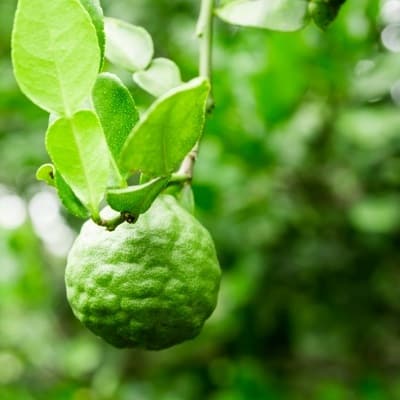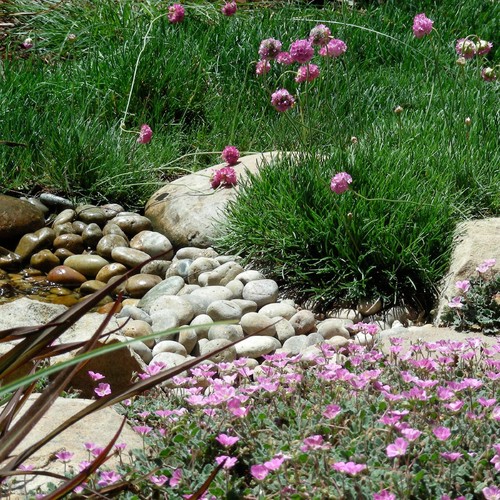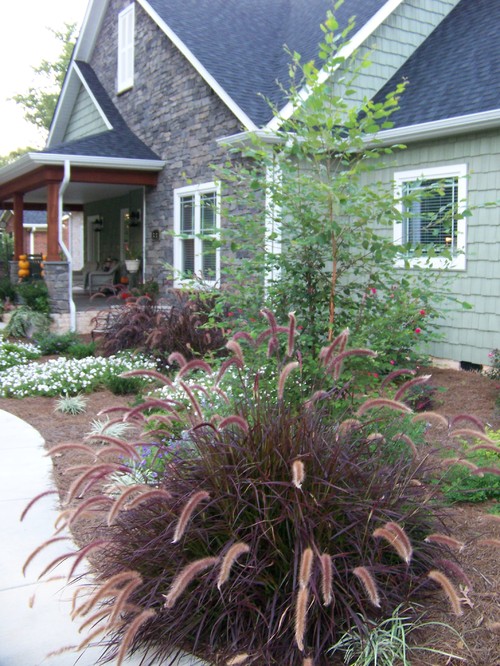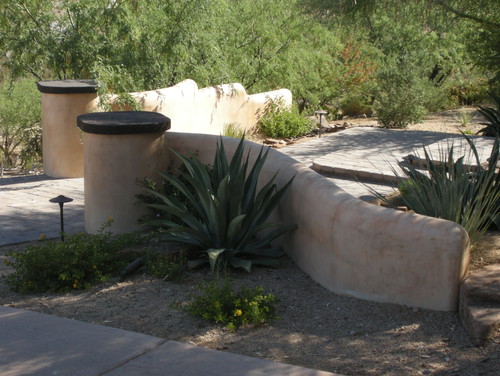When it comes to design ideas for your backyard landscape, what do you think of? Fire pits, outdoor fountains, and a relaxing patio are all great features to include, but what about your garden and plants? Many homeowners, when selecting plants for their landscape design, are opting for native—and edible—options to make their landscapes more sustainable, diverse, and beautiful.
The simple act of driving to a grocery store and choosing luscious red tomatoes (native to Central and South America) or sweet, tangy oranges (originally from southeast Asia) is a luxury we take for granted. Even so, we’re fortunate to live in a climate that supports a host of edible plants.
Read on to discover some examples of edible plants in Colorado. Keep an eye out for these native plants and consider using one or two on your dinner table this year.

Bergamot (Oregano de la Sierra). This herb is often used in teas, but can also be added to seasoned meats and other dishes. Bergamot provides the aromatic flavor in Earl Grey teas. It was also used as a substitute for tea during the Boston Tea Party.

Wild Onion (Allium cernuum). Wild onions grow in subalpine terrain and are found on moist hillsides and meadows. They can be pulled up by the root and chopped into your foods, or roasted with meat and root vegetables for an earthy, spicy flavor.

Cattails (Typha latifolia or Typha angustifolia) These plants grow by creeks, rivers, ponds, and lakes. Cattails are edible from top to root. The leaves can be boiled like spinach, the bases can be chopped into soups and the roots can be boiled and eaten like a root vegetable.

Prickly Pear (Opuntia phaeacantha). Once the spines of the prickly pear are removed, you have a very edible plant. The flowers can be eaten raw in salads or used as a garnish. The meat of the cactus can be eaten raw but is often made into jams and jellies. The prickly pear cactus has long been used as a staple for diets throughout North American and Mexico. It’s also packed with antioxidants and vitamins to serve up a delicious and healthy treat.

Wild Strawberries (Fragaria virginiana). You’ll have to wait for spring and summer and then head to the moist ground to find these sweet, delicious wild strawberries. The woodland strawberry is commonly seen throughout Colorado, especially if you’re out hiking in the foothills. Although you’ll need to keep a sharp eye out for them as the wild variety is much smaller than the berries you’ll find at the grocery store. Looking for a landscaping idea that’s just as sweet as it is beautiful? Consider wild strawberries for your yard and outdoor living space.
Wild Asparagus (Asparagus officinalis). You don’t need to visit the grocery store to find that asparagus you love. Wild asparagus grows throughout the state of Colorado and many people claim that the wild variety is just—if not more—tasty than your store-bought varieties. As a perennial plant, wild asparagus will grow every year and is ideal for growing in small backyards.
Wild Plums (Prunus americana). Most people may not associate wild plum trees with Colorado, but we’ve got them. Located near water sources, such as streams or ditches, in the foothills and across the plains, you’ll find wild plum trees growing with delicious fruit. In spring, these trees explode in a beautiful array of white flowers. But the real treat comes in the late summer when the plums are ripe and at their finest. Wild plums are ideal for jams or jellies, but they’re also quite delicious simply eaten fresh.
Dandelions (Taraxacum officinale). Yes, believe it or not, but this common (for some lawns, too common) plant is edible. While often treated as an obnoxious weed that pops up every spring, every part of the dandelion plant (including dandelion leaves and the dandelion root) is edible—and many claim they’re quite delicious. Dandelions are often used in soups, salads, or even fried in some dishes. Not only are they flavorful, a taste much like arugula, but they’re also packed with nutrients. You won’t have much trouble finding these plants come spring—so why not give them a try this year?
Conclusion – 8 Edible Plants in Colorado
Many people are shocked by how many wild, edible plants can be found throughout Colorado. From the plains to the mountains, a sharp eye will be able to spot a few plants that go well with a variety of dishes and tastes. Whether you’re looking for dandelions to sprinkle in your salads and soups or fresh wild plums for jams, there are many ways to forage from the land and dine in a sustainable—and tasty—fashion. Even better, these and more edible plants in Colorado can easily be incorporated into your backyard landscape design.
Contact the design team at Lifescape Colorado to learn more about which edible plants could work for your garden design. Together, we can create the perfect Colorado landscape.
